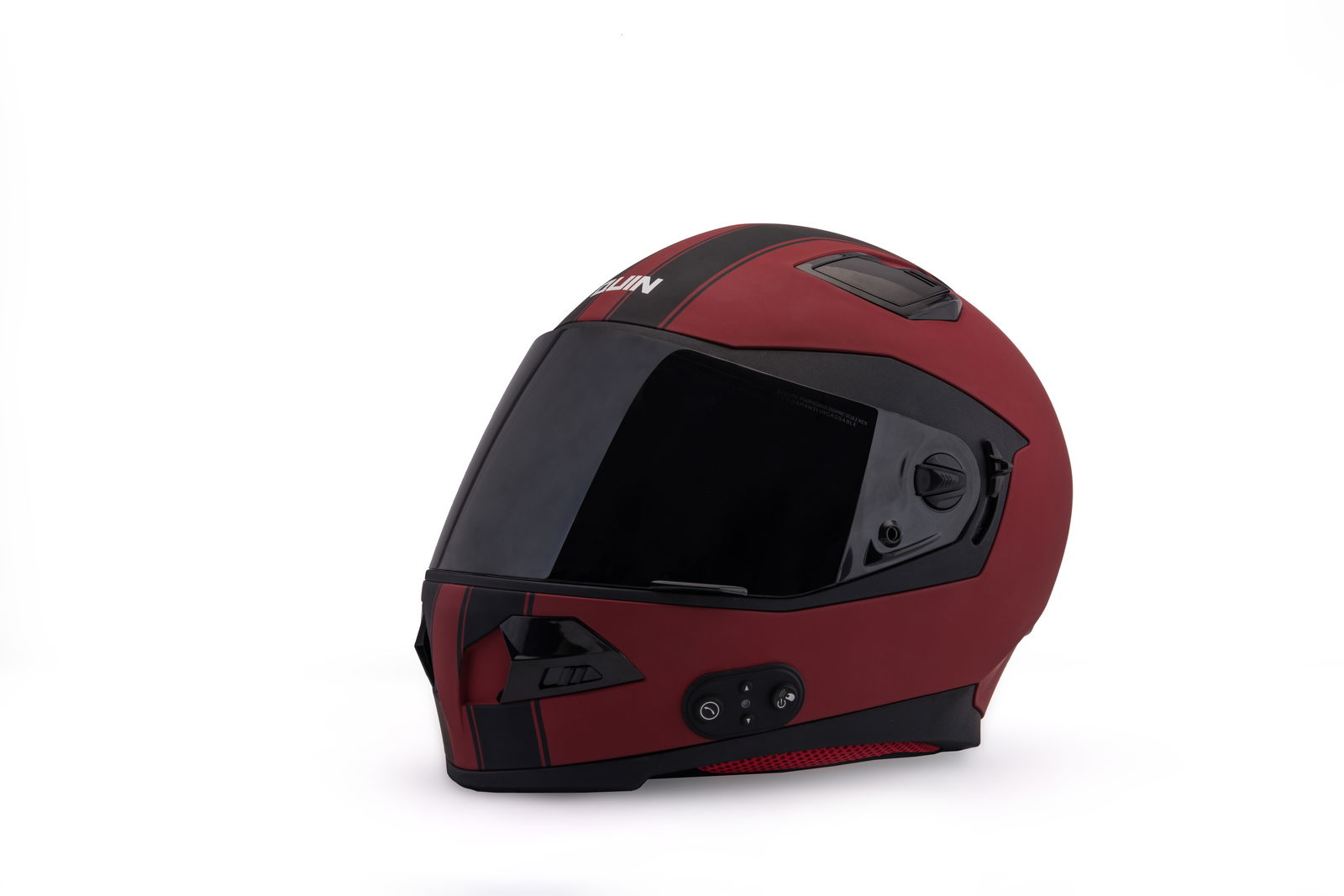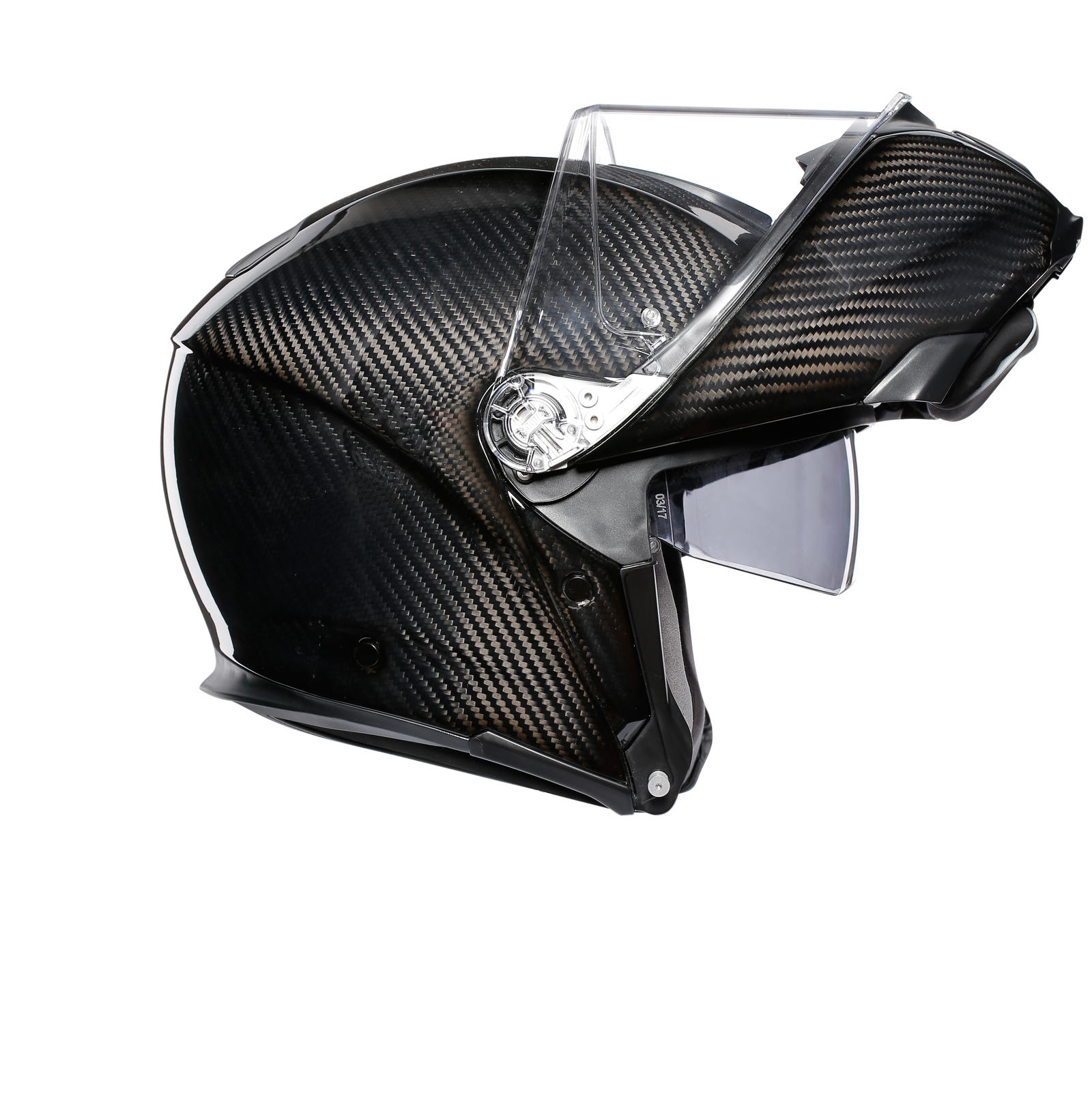Kickstarter helmet claims to be first with inbuilt crash detection
Sensors in the lid register any force above 100G as a crash and automatically triggers an SOS signal

A HELMET MANUFACTURER claiming to be the first to offer inbuilt crash detection in its lids has reached almost double its goal on Kickstarter.
The Quin Prototypes from start-up Quintessential Design reportedly provide essential safety features in the form of inbuilt crash detection and an SOS beacon. There’s both open and full face versions in a number of different styles.
Sensors in the lid register any force above 100G as a crash, which automatically triggers an SOS signal and sends a GPS location to a rider’s emergency contacts, the emergency services or both. For crashes under 100G or any other emergency situation there’s a manual function that sends an SOS on-the-go.

The DOT and ECE certified lids also feature ConeHead shock absorption technology as well as Bluetooth connectivity, which connects to a Quin app to enable calls, music and navigation aid. According to the manufacturer, they’re the lightest ‘Smart helmets’ available, weighing just 1270g and they have already been put to the test by both road riders and racers.
Anirudha Surabhi, Quin Founder and Head of Innovation, commented: “Essential safety requirements have changed since the motorcycle helmet innovation golden period of 1930-1970. Today, the challenges to safety are more complex than simple protective layers, and the solutions have to catch up to meet rider needs.

“Adding to the complexity of rider safety today is the emergency response dilemma. Critical care medicine has evolved to levels that people used to only dream of. This has created the ‘Golden Hour’, the approximate one-hour time frame in which a life can be saved, and critical trauma reduced if an injured person is able to get to a hospital in time.
“We wanted to provide a critical support option for vulnerable riders unable to connect through traditional devices while on the move. Improving emergency response, quality care and reducing delays in victim identification were all central to our design.”

With just 200 backers after only eight days of its campaign, the helmet has secured investment of $58,567 (£41,273) – that’s almost double the $30,000 (£21,141) goal.
For more information on the lids, or to back the campaign, click here.

